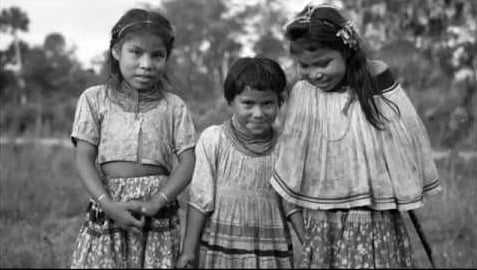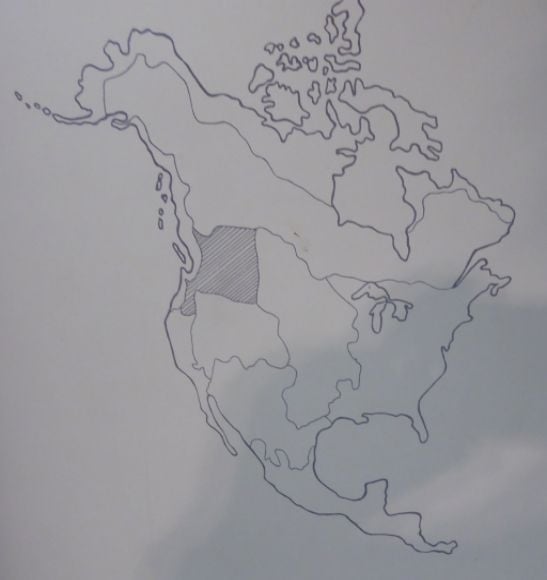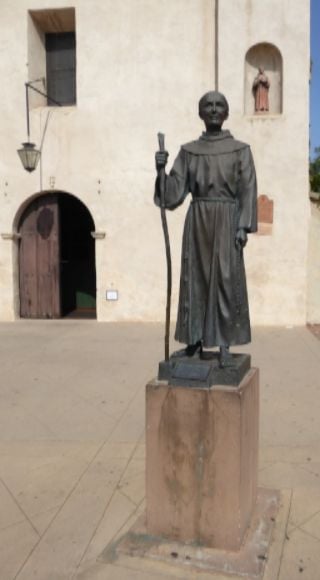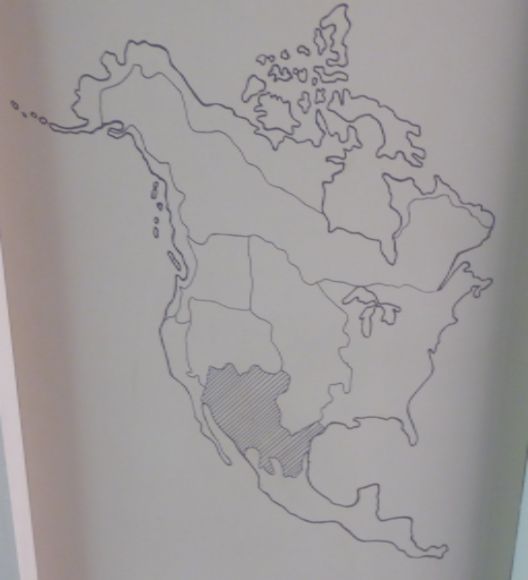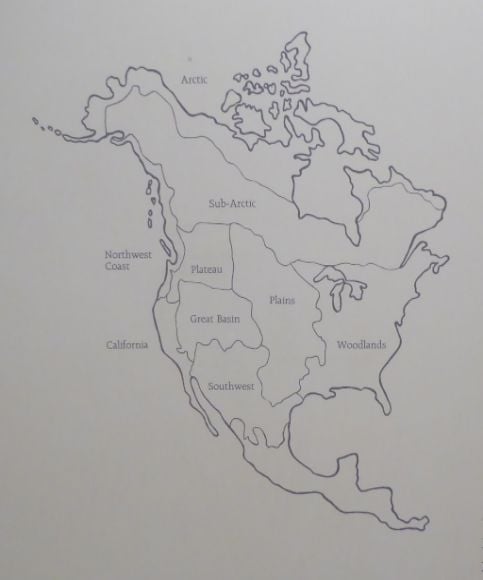The Muskogean Language Family
Muskogean was the most important language family of the Native American Southeastern Culture Area. In her introduction to Florida Place Names of Indian Origin and Seminole Personal Names, Patricia Riles Wickman writes: “We shall never know with any certainty how many dialects derived from this mother tongue and from the social template that contained an … Continued
